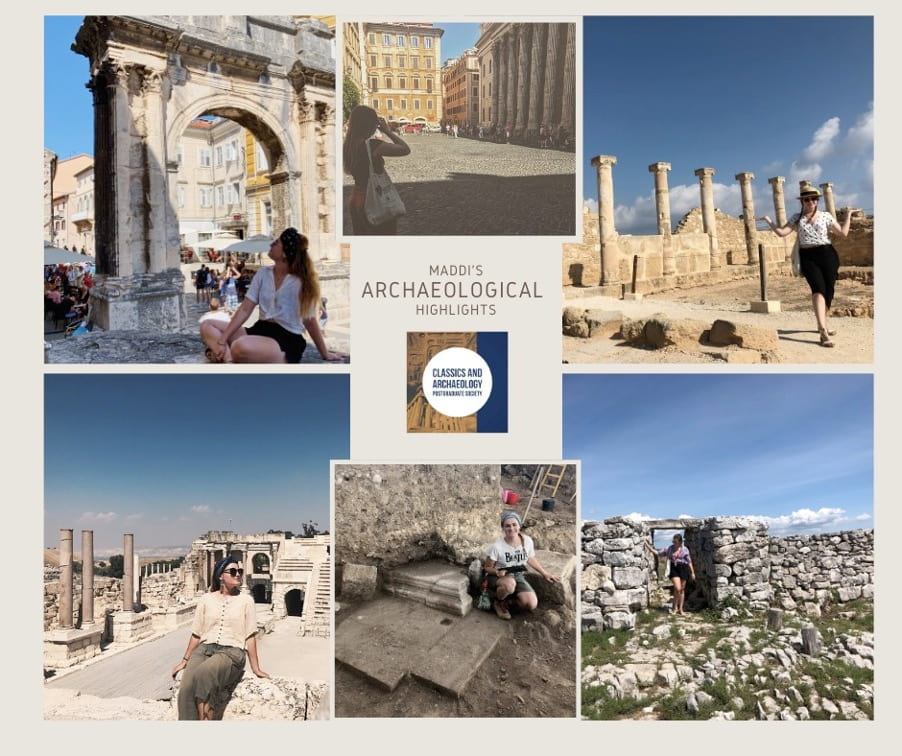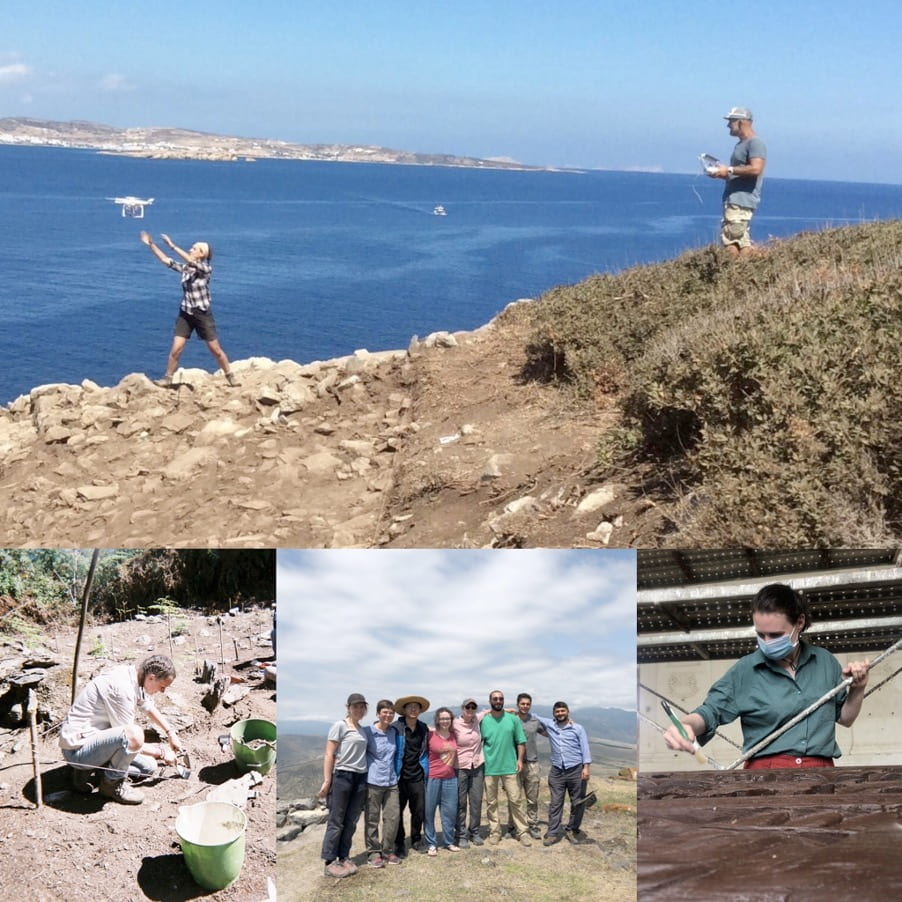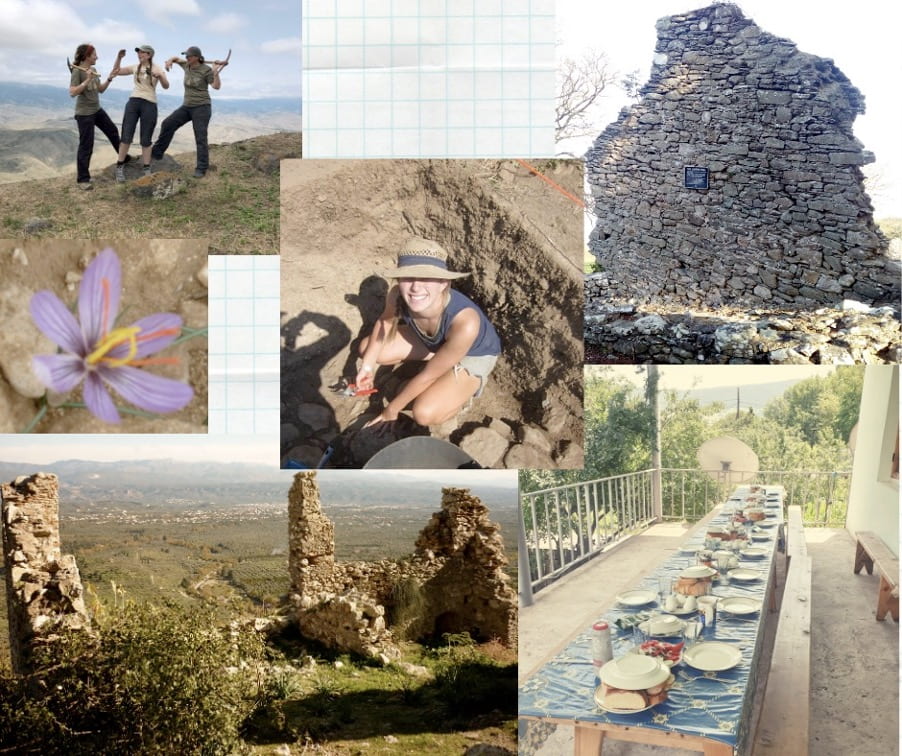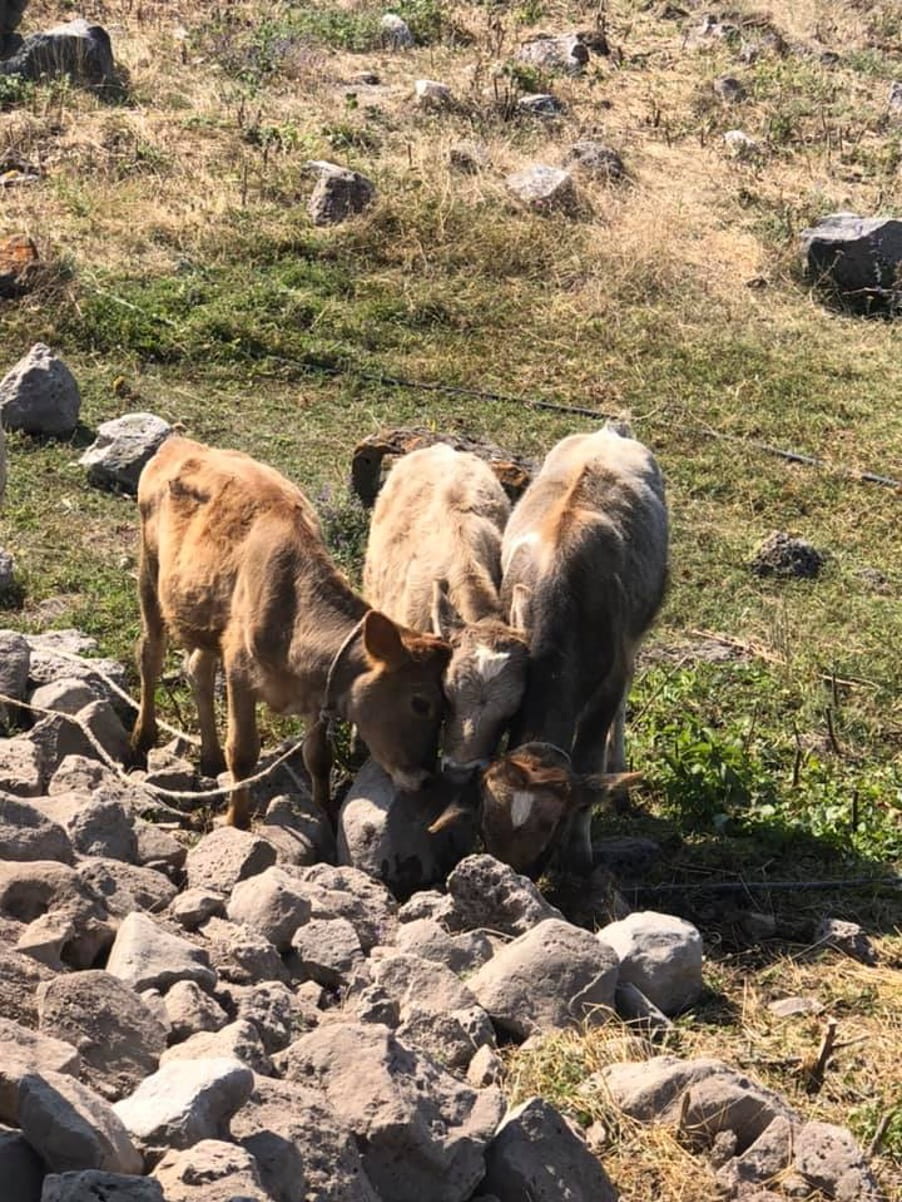
National Archaeology Week 2020 Goes Online
Each year in the third week of May, Australia celebrates National Archaeology Week. This year, our postgraduate community took a leading role in taking National Archaeology Week online, coming up with creative ways of promoting archaeology in a time of pandemic-related disruption. Larissa Tittl gives us a run-down on the week’s events and activities.
National Archaeology Week seeks to increase public awareness of Australian archaeology and archaeologists and highlight the country’s “unique archaeological heritage”. This year presented special challenges, due to COVID-19 restrictions, but the University of Melbourne’s Classics and Archaeology program and the Classics and Archaeology Postgraduate Society rose to the challenge, and organised a series of events across the week. The program highlighted not only the vital research and fieldwork being done by the University’s students and staff, but also the increasing importance of engaging and working in digital environments.
Ancient World Seminar
The week opened with a special Ancient World Seminar in which staff and students presented their latest fieldwork and research findings via Zoom to an online audience of 56 participants. Professor Louise Hitchcock noted that “one advantage of having so many Zoom presentations for NAW was the access it gave so many people to events happening elsewhere”.
In her opening segment, Louise also shared her thoughts on pandemics and population movement in a talk that covered COVID-19, Black Lives Matter protests and the social disruptions – including possible disease – in the Aegean Late Bronze Age. The years around 1200 BCE witnessed the collapse of several complex and interrelated societies in the Mediterranean basin.
Dr Jarrad Paul – who completed his PhD in 2017 – presented his current research. This continues on from his PhD project on Neolithic worked animal bone from sites in Turkey and Northern Greece. Jarrad has examined the typology and manufacture of these objects as part of a Neolithic toolkit, using data from 20 key and 66 supplementary Neolithic sites.
Associate Professor Andrew Jamieson discussed his fieldwork at Rabati in Georgia, where a collaboration between the University of Melbourne and Georgian partners has taken place over several seasons. The 2019 season saw the first field school held at Rabati, with students from the Classics and Archaeology program living and working at the site. The site continues to yield important information about the early Bronze Age Kura-Araxis culture.
Senior Lecturer Dr Gijs Tol spoke about a first century CE crafting community at Podere Marzuolo in modern Tuscany. The site was uncovered in 2017. Excavations have revealed a pottery production centre, which manufactured terra sigillata, a popular red-fired tableware. Sigillata stamps (designating a potter’s identity) on the pottery show that different craftspeople worked here, two of whom were also active in other pottery centres in the wider region. Amazingly, the excavations also unearthed the first completely intact Roman-period blacksmith’s workshop, buried under a collapsed building: it was in complete working order.
Dr Brent Davis, Lecturer in Archaeology and Ancient Egyptian, outlined his ongoing work at Tell es-Safi/Gath in Israel. Excavations supervised by Brent in Area B have uncovered odd walls, some going nowhere logical. One short wall that sloped down to a wadi (river) was not stepped, as expected on this site, and remains something of a mystery.
Another PhD candidate, Maddi Harris-Schober, excavated at Legio (near modern Megiddo, Israel), a Roman legionary camp, in the eastern Roman Empire. Fieldwork here revealed a possible altar base for a Legionary standard. Other finds included worked stone featuring floral patterns, and gold fragments, most likely originally from statues.

Digital Archaeology
Archaeology can be an intensely hands-on discipline, with fieldwork, site surveys and laboratory work. Despite this, the possibilities for digital engagement and online research are being increasingly adopted by archaeologists who are open to the possibilities presented by both established and emerging technologies. In particular, Australian researchers who focus on the archaeology of the ancient Aegean, Near East, Egypt or the Caucasus have long learned to take full advantage of digital networking and research opportunities. This has always been necessary to a certain extent, due to the ‘tyranny of distance’ for Australian researchers in these areas.

While fieldwork must be done in person, accessing online databases, articles, books and site reports for academic research has become more common; some conferences also offer online sessions, and some moved online completely during the COVID-19 pandemic. The Brisbane Chapter of Australasian Women in Ancient World Studies (established to promote gender equality and diversity in these discipline areas) is holding the Zoom-based ‘Cancelled Conference’, organised in specific recognition of the lost opportunities for networking and presenting research in person at this time. The Classics and Archaeology Program at Melbourne also convened a very well-attended online seminar for the program’s Honours students to present their research (an article on this event is forthcoming).

In National Archaeology Week, the Classics and Archaeology Postgraduate Society highlighted this aspect of modern archaeology with a series of posts on their Facebook page focusing on digital resources, which have become even more essential for Australian researchers during the COVID-19 lockdown. Sites used by Classics and Archaeology postgraduates include: CyArk, an online project established to “digitally record, archive and share the world’s most significant cultural heritage and ensure that these places continue to inspire wonder and curiosity for decades to come”; and Arachne, which offers a “digital research environment”, giving access to object databases and digital heritage registers, including the Corpus of Minoan and Mycenaean Seals (used by several Classics and Archaeology academics and postgraduate students!)

The Classics & Archaeology Postgraduate Society also introduced one graduate student each day over the week via their Facebook page. The breadth and strengths of the University’s archaeology program are revealed in these profiles, with students undertaking fieldwork in the Caucasus (Georgia), Israel (Tell es-Safi/Gath and Legio), and Greece (Crete, the Cyclades). Society members recalled their most memorable experiences of fieldwork, conferences and research in photo montages.

The Society also ran a drawing challenge, with a themed illustration for each day. Archaeological illustration and drafting are still vital components of fieldwork, site reports and publication: the drawings and watercolours uploaded by the Society’s members attest that these skills are well represented at the University of Melbourne.

President of the Classics and Archaeology Postgraduate Society, Emily Simons, said of National Archaeology Week that
we were all really pleased with the level of engagement from our members, the public, and the department. We all had a great time and hope that next year we can get even more engagement from our wider membership and alumni next year. The lockdown provided a bit of a challenge, but possibly because it made us rely on social media a little bit more, we had to be a bit more creative and it meant that we did get our events out there and we could interact with other groups!
Let’s hope next year’s National Archaeology Week can be presented in both formats, digital and in-person, to reach as wide an audience as possible.
